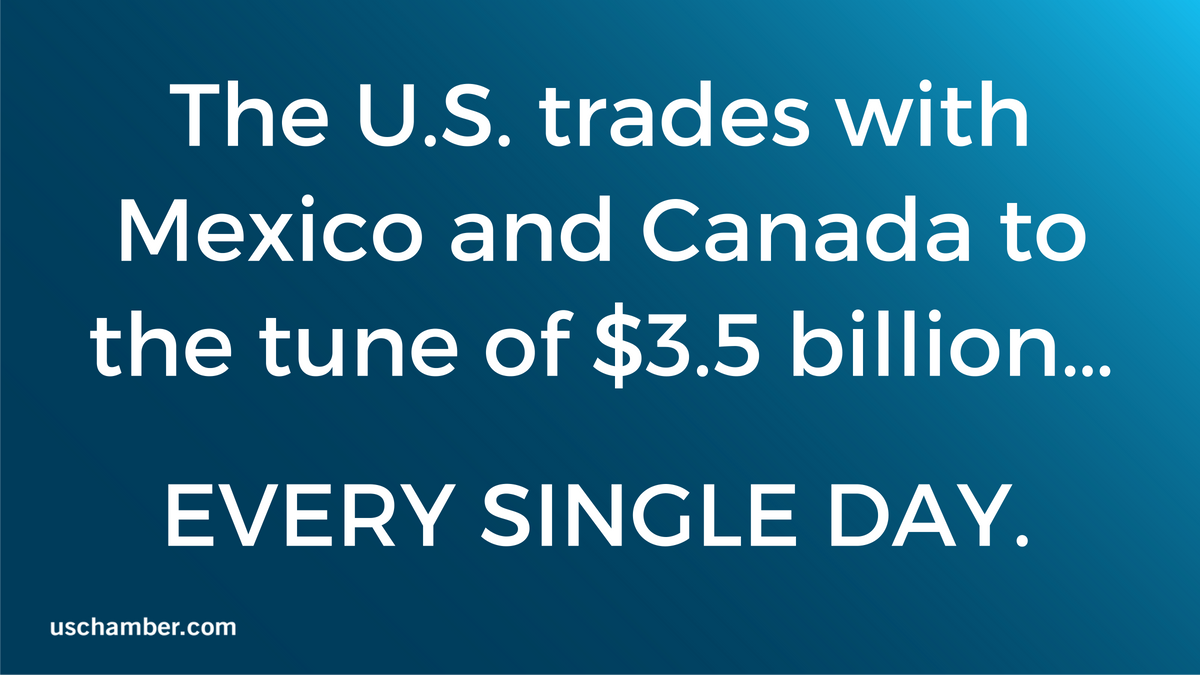cc: @ezralevant

(1) eliminate soft-wood lumber subsidies;
(2) eliminate protectionist tariffs (Dairy) sector;
(3) accept 75% rules of origin, eliminating NAFTA loophole;
(4) agree to enforcement mechanisms
(5) allow U.S. banks to operate in Canada

Get real-time email alerts when new unrolls are available from this author!
Twitter may remove this content at anytime, convert it as a PDF, save and print for later use!

1) Follow Thread Reader App on Twitter so you can easily mention us!
2) Go to a Twitter thread (series of Tweets by the same owner) and mention us with a keyword "unroll"
@threadreaderapp unroll
You can practice here first or read more on our help page!
